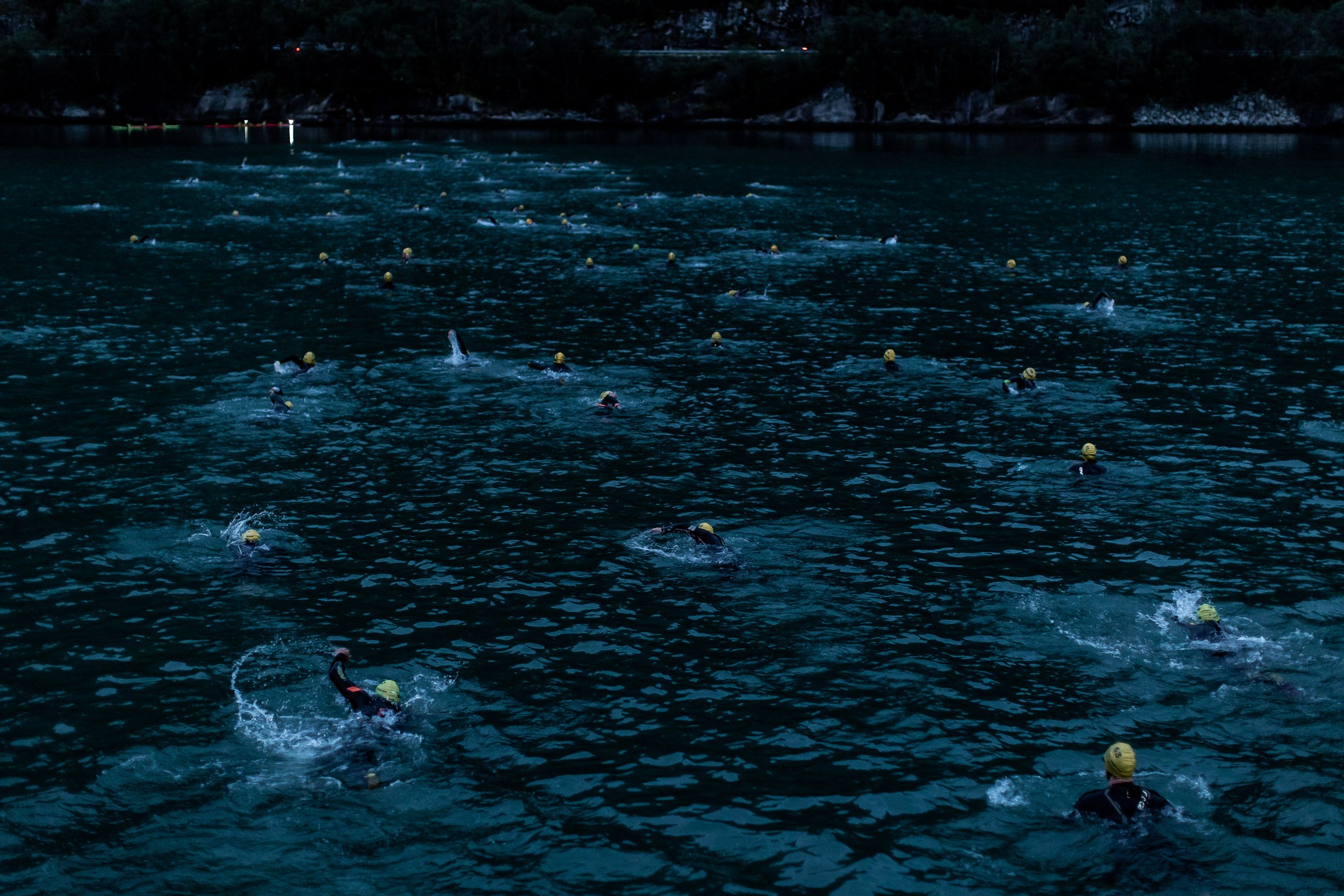
The Swim Code
The Swim Code
Plan your swim:
Know your swim course. Be aware of hazards like shallow water, tides, rip currents, marine life, or boat traffic.
Let someone at home know where you plan to swim and what time you will finish.
Check the weather forecast.
Adapt your swim to ability and conditions:
Make sure you are in shape for the swim you plan.
Watch the weather. Wind can increase and change direction, and waves get bigger.
Under no circumstances, go swimming during a thunderstorm. A lightning strike in water may be lethal.
Never swim alone:
Always stay close and be observant of your swim buddy.
If you swim in a group, always team up with a buddy, so you can look out for each other. It’s safer and more fun.
Swim close to shore:
If in trouble, evacuation is easier.
You are easier to spot from shore.
You interfere less with marine traffic.
Do not swim in water which is too cold:
The ability to tackle low water temperatures is highly individual. We do not recommend wetsuit swimming below 12°C.
If you feel cold for more than 10 minutes, abort the swim, and go to get yourself warm.
Be aware that the temperature and wind on land may pose a risk for hypothermia even after exiting the water.
Plan for emergencies:
What do you do if anything happens to you or your swim buddy?
Where is the nearest phone (in your swim tow?)
Is anyone spotting from the shore?
Where are there alternate exit points?
Train for emergencies:
Practice how to help your buddies in open water, transit him/her to shore, and get them out of the water.
Know your CPR – take a course regularly.
Gear up:
Wear a wetsuit made for swimming. Make sure it’s not damaged.
Use a bright-colored swim cap. You’re easier to spot from land and marine traffic.
Bring a Swim Tow Float. It makes you more visible, it can be your rest stop in the water, and you can bring your phone, wallet, and keys.
Print?
Do you want a printable version of The Swim Code, click here.

